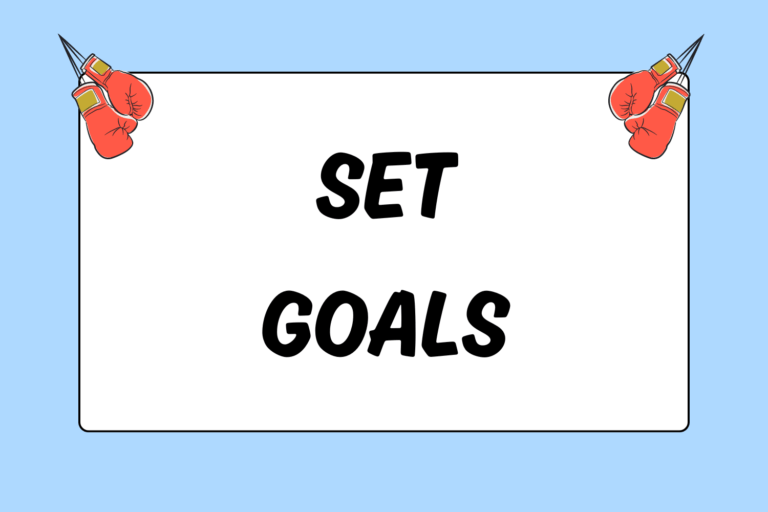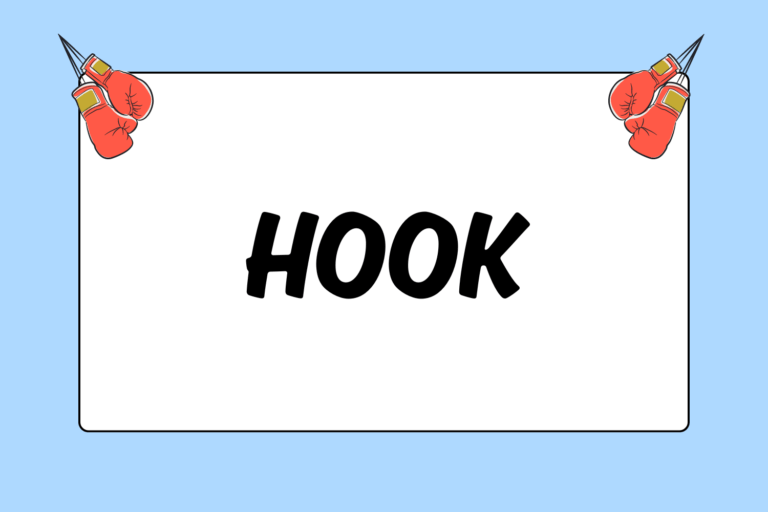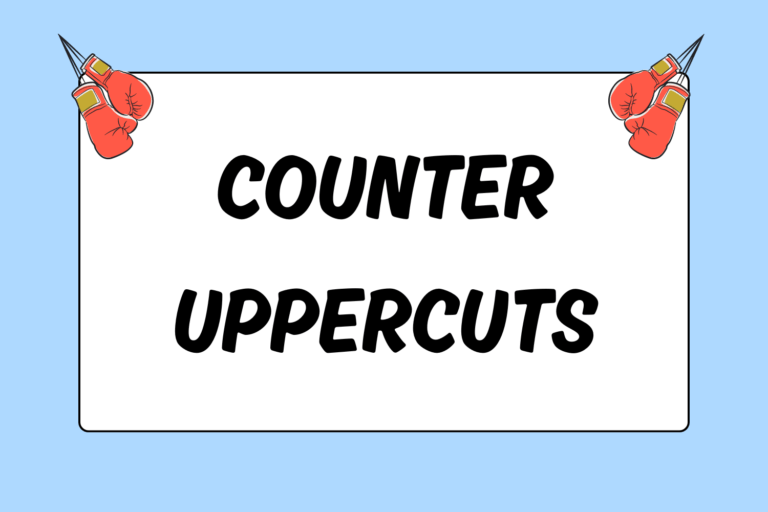As a southpaw boxer, keeping your right foot outside your orthodox opponent’s left foot is your first priority. Positioning your foot in this manner leaves you in the dominant position to throw straight lefts and right hooks, while also protecting you from your opponent’s straight right and left hook. As you move in and out and side to side, though, your opponent will try to land these power shots regardless of your foot positioning. This guide explains counterpunching basics and focuses on defending against and countering the left hook as a southpaw boxer.
Countering Basics
Most spectators notice boxing’s brutality before they recognize the sport’s complexity. Without a doubt, boxing is a violent sport, but it’s also extremely technical. Boxers pay close attention to every slight movement as they avoid punches, and they constantly search for openings.
Counterpunching involves using a defensive technique to block or avoid an incoming punch. Once you guard yourself against your opponent’s flurry, you exploit the temporary openings on your opponent with punches of your own. This sequence happens quickly and with fluidity. The rest of this guide focuses on countering the left hook as a southpaw fighter.
Weave & Respond
Weaving is the first option when defending against the left hook. Focus on getting outside foot positioning, though, or your feet will tangle as you try to step and respond. It’s important to note that weaving is only possible when defending against a hook to the head — use different countering techniques when your opponent throws a hook to the body.
Practice the following steps when weaving:
- Dip by bending your knees.
- Bob and weave by moving your head and upper body slightly forward and to the right.
- Pop your head back up so that you return to a normal stance.
In most cases you should take a step to your right as you bob and weave. Push off of your left foot and step to your right with your right foot as you go underneath the hook.
You’re in a prime position to land a destructive right hook to his body once you step to your right. Before you pop your head back up, throw your hook. You can throw this punch in two different ways:
- Bodyweight shifts to back foot: Similar to throwing a hook to the head, start with your legs bent, and shift your weight to your left foot. Rotate your right hip inward and keep your right arm close to your body as you turn. The rotation of your hip generates the power — not your arm extension. Follow up with a combination after connecting with this body shot. A left uppercut often naturally follows this hook.
- Body remains on front foot: This type of hook falls between a hook and an uppercut. It requires you to rip in more of an upward motion as opposed to an inward motion. Your weight remains on your right foot as you twist your right hip upward. Because your weight remains on your front foot, you can follow this punch with a normal right hook to the head.
Hot Tip: Pivot then Attack
An advanced technique requires you to sharply pivot after you step forward with your right foot. If you choose to pivot, you will often end up in a good position to throw a straight punch. Weave, pivot to your right, and then respond with a 1-2 or 2-1 combination. Hooks to the body and head are your best option, though, if you choose to counterpunch prior to pivoting.
Block & Respond
In most cases, you need to keep your foot outside your opponent’s foot when weaving. Even the most skilled boxers get caught inside sometimes, though. Regardless of your foot positioning, it’s impossible to weave a hook to the body. For these reasons, you need to know how to defend against a hook when weaving isn’t possible. The alternative to weaving is blocking.
Blocking Hooks to the Head
Block left hooks with your right elbow, forearm, and the back of your right glove. The easiest way to block a left hook aimed at your head is to keep your hand tight to your cheek and roll slightly inward to reduce the impact. Rolling inward sets up a straight left hand counterpunch, which can be followed by a right hook or right uppercut.
Another option is to roll towards the hook. As you roll outward, simultaneously throw your left hand. Rolling outward usually reduces the power of his hook. Your opponent’s face will likely be exposed as he throws his hook, and there is no better punch to throw at this open target than your commanding left cross.
Blocking Hooks to the Body
Using your right elbow is an effective way to block hooks to your body. To do this:
- Keep your elbow tight against your body.
- Coil your upper body downwards.
- Bend your legs slightly.
After you follow the steps outlined above, roll toward or away from the punch. Both tactics allow you to quickly respond.
If you roll towards the hook:
- Wait for the shot to land on your elbow.
- Immediately respond with your right uppercut.
- Follow the uppercut with either a right hook or straight left.
If you roll away from the hook:
- Wait until the shot lands.
- Respond immediately with a left uppercut.
- Follow the left uppercut with a right hook to the head.
These combinations should be effective since your opponent leaves himself open while throwing the left hook to the body.
Beware of His Cross
It’s important to implement the strategies described above, but always be aware of your opponent’s right hand. Focus on defending against the left hook with a firm belief that his right cross will follow. Left hook, right cross (3-2) and right cross, left hook (2-3) combinations are extremely common and should be defended against at all costs.





